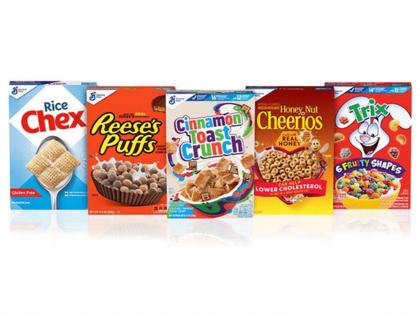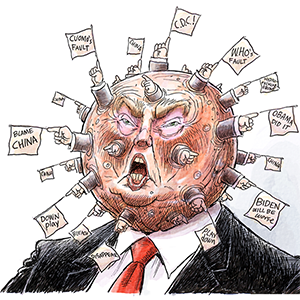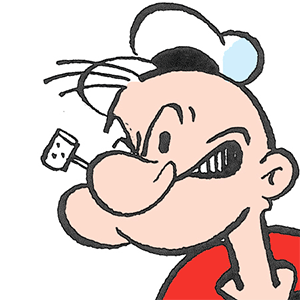Take two: General Mills taking artificial colors out of its food
Published in Business News
General Mills announced Tuesday it’s taking artificial colors out of its products, its second attempt to ditch the dyes.
The Golden Valley-based food company first tried with just some cereals in 2015 but eventually brought the original Trix ingredients back by popular demand two years later. This time, amid the broader “better-for-you” trend dominating the industry and government pressure, the change seems to be sweeping and for good.
The maker of Lucky Charms and Gushers will remove synthetic food dye from cereals and food sold in schools by next summer. The entire General Mills portfolio will be free of artificial colors by the end of 2027.
“It really comes back to listening to what consumers are interested in and then giving it to them,” General Mills CEO Jeff Harmening said Tuesday. “Consumers have a high bar, and we’re confident we can meet that bar consumers have for our brands.”
Health and Human Services Secretary Robert F. Kennedy Jr. said this spring the industry had “voluntarily agreed” to end the use of petroleum-derived FD&C colors like Red 40, Blue 1 and Yellow 5. The FDA also banned Red Dye No. 3 in January before advocating for the elimination of all artificial dyes in April.
But few large food companies had publicly revealed their plans until this week. Kraft Heinz, which makes brightly colored Jell-O and Kool-Aid, announced earlier Tuesday it will phase out artificial colors in the next two years.
“The company has invested significant resources, mobilizing a team to address this complex challenge,” Kraft said in a news release.
Some companies are holding firm to their garish hues. The maker of Dum Dum suckers told Bloomberg the company expects to still be using synthetic food colorings come 2027.
“One, there might not even be the supply for these natural colors,” Kirk Vashaw, CEO of Spangler Candy Company, told Bloomberg, “and two, we have to do what the consumers want, and it’s not clear to us that these consumers want these natural colors.”
That’s what derailed General Mills’ previous attempt, which was announced in 2015. But Harmening said there’s been a shift from a decade ago.
“Consumer perception has changed over that time as well as consumer interest in transparency and wanting to know what’s in their food,” he said. “The landscape now for consumers is different now than it was then and pretty significantly.”
The next batch of naturally colored cereals will also benefit from a decade of innovation, he said.
“We don’t stand still either,” Harmening said. “For the last decade, we’ve been working on how we formulate products and our capabilities, and we are confident that we can come up with a much better product.”
Developing alternatives is a costly endeavor; about 15% of General Mills products contain “certified” colors, as they are also known. And without a true national standard that ensures all food companies remove artificial dyes, competitors could steal away consumers still looking for their brightly colored comforts.
That’s a tricky proposition for General Mills, which is already looking to trim costs as shoppers spend less on brand-name foods.
Harmening said the cost of reformulating hundreds of products is “not nothing,” but he expects the transition will actually spur growth.
“When you give consumers what they’re looking for, your chances of winning go way up,” he said. “And I’m confident, as we announce this, that’s exactly what we’re doing.”
Many food companies, including General Mills, have at least already started making contingencies around food dyes. California became the first state to ban Red 3 and other additives in 2023, and that elimination of artificial dyes in food sold in schools also goes into effect in 2027.
Having a national standard, or at least a national strategy, is preferable to navigating a patchwork of state regulations, Harmening said.
Federal food safety regulators have long recognized artificial food colorings as safe, but critics have attacked that view as unnecessary at best and harmful at worst. One study from the state of California found artificial dyes can cause “adverse neurobehavioral outcomes in some children.”
In January, former President Joe Biden’s outgoing administration revoked authorization for Red 3 after researchers found it caused cancer in rats.
Harmening said his conversation with Secretary Kennedy earlier this year and the initiative to remove synthetic colors builds on more than a century of General Mills partnering with the government.
“We’ve worked with federal administrations to help advance whatever is needed at that time,” he said. “We’ve been around about 160 years, and we’re a $20 billion company because we’ve changed, not because we refuse to.”
©2025 The Minnesota Star Tribune. Visit at startribune.com. Distributed by Tribune Content Agency, LLC.












Comments